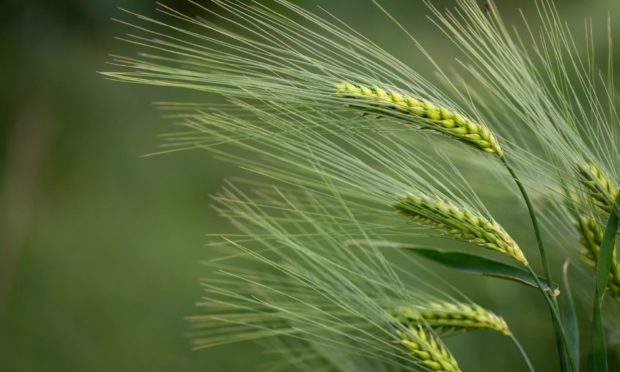A process of gene borrowing could help boost crop productivity and make crops more resistant to climate change, claim scientists.
Research, led by the University of Sheffield, has shown grasses can incorporate DNA from other species into their genomes through a process known as lateral gene transfer.
Scientists say this process, which essentially allows grasses to borrow genes from their neighbours, gives some grasses an evolutionary advantage allowing them to grow bigger, taller and stronger.
They say the findings could inform future work and the process could help create crops that are more resistant to the effects of climate change.
“Grasses are taking an evolutionary shortcut by borrowing genes from their neighbours,” said Dr Luke Dunning, senior author of the research from the University of Sheffield’s Department of Animal and Plant Sciences.
“By using genetic detective work to trace the origin of each gene, we found over 100 examples where the gene had a significantly different history to the species it was found in.”
He said the findings may make society reconsider how it views GM technology as grasses have naturally exploited a very similar process.
“If we can determine how this process is happening it may allow us to naturally modify crops and make them more resistant to climate change,” added Dr Dunning.
“What we are seeing is not hybridisation, but the consequences are similar. Lateral gene transfer can move genetic information across wider evolutionary distances, which means it can potentially have even bigger impacts.”
The researchers will now work to determine the biological mechanism behind lateral gene transfer and investigate whether it is an ongoing process in crops that contributes to the differences we observe between crop varieties.
